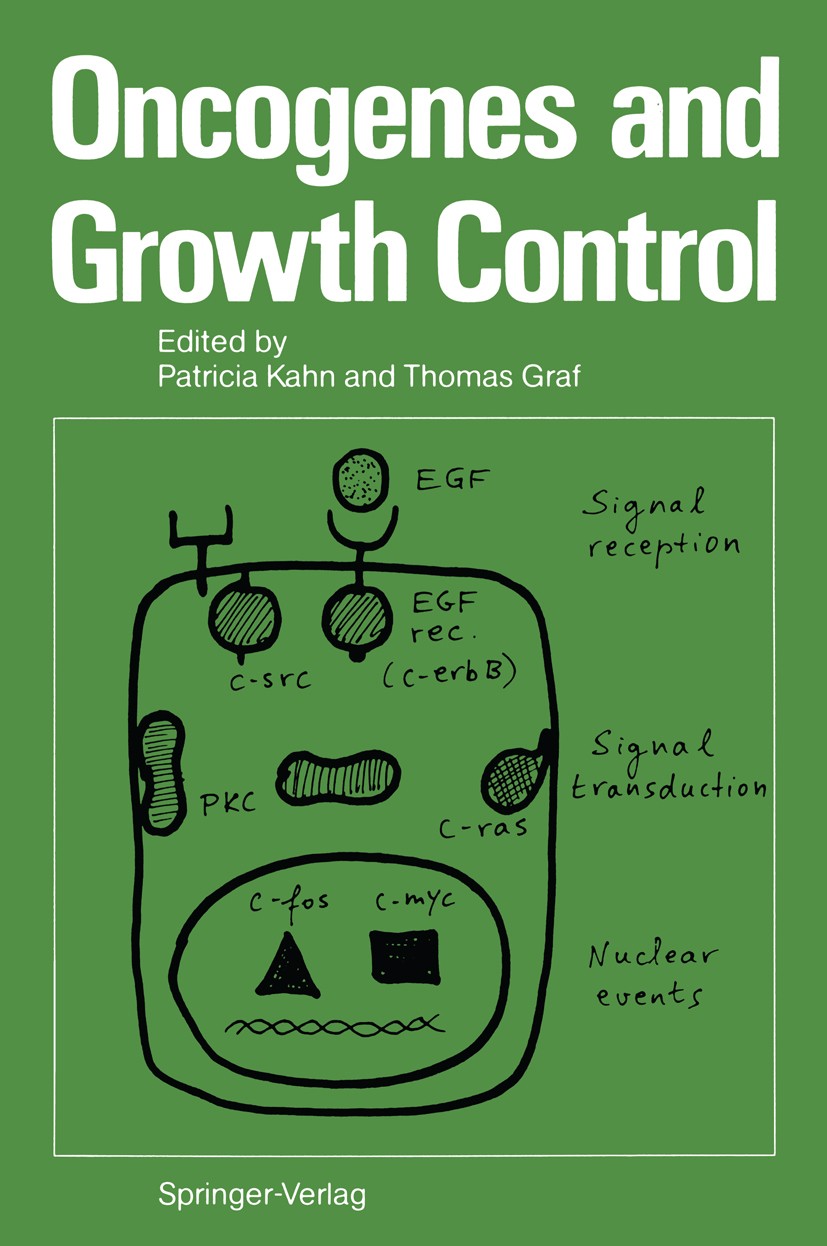| 书目名称 | Oncogenes and Growth Control |
| 编辑 | Patricia Kahn,Thomas Graf |
| 视频video | http://file.papertrans.cn/702/701359/701359.mp4 |
| 图书封面 |  |
| 描述 | How is growth controlled in normal cells? How are the growth control mechanisms perturbed in cancer cells? This book provides an up-to-date description of research aimed at resolving these questions. It is organized into four sections, each containing a series of short reviews written by experts in the field. The general headings are: growth factors, receptors, and related oncogenes: transduction of mitogenic signals and .ras. oncogenes; nuclear oncogenes and regulation of gene expression; and multiple steps involved in malignant transformation. The articles emphasize concepts rather than detailed facts and are intended not only for specialists in the field but also for interested readers, such as physicians and advanced students, who wish to stay abreast of developments in one of the most exciting fields in current biomedical research. |
| 出版日期 | Book 1986 |
| 关键词 | ATP; Activation; Colon; DNA; Interleukin-2; Viruses; gene expression; interferon; regulation; transcription; t |
| 版次 | 1 |
| doi | https://doi.org/10.1007/978-3-642-73325-3 |
| isbn_softcover | 978-3-540-18760-8 |
| isbn_ebook | 978-3-642-73325-3 |
| copyright | Springer-Verlag Berlin Heidelberg 1986 |
 |Archiver|手机版|小黑屋|
派博传思国际
( 京公网安备110108008328)
GMT+8, 2025-11-12 12:09
|Archiver|手机版|小黑屋|
派博传思国际
( 京公网安备110108008328)
GMT+8, 2025-11-12 12:09


